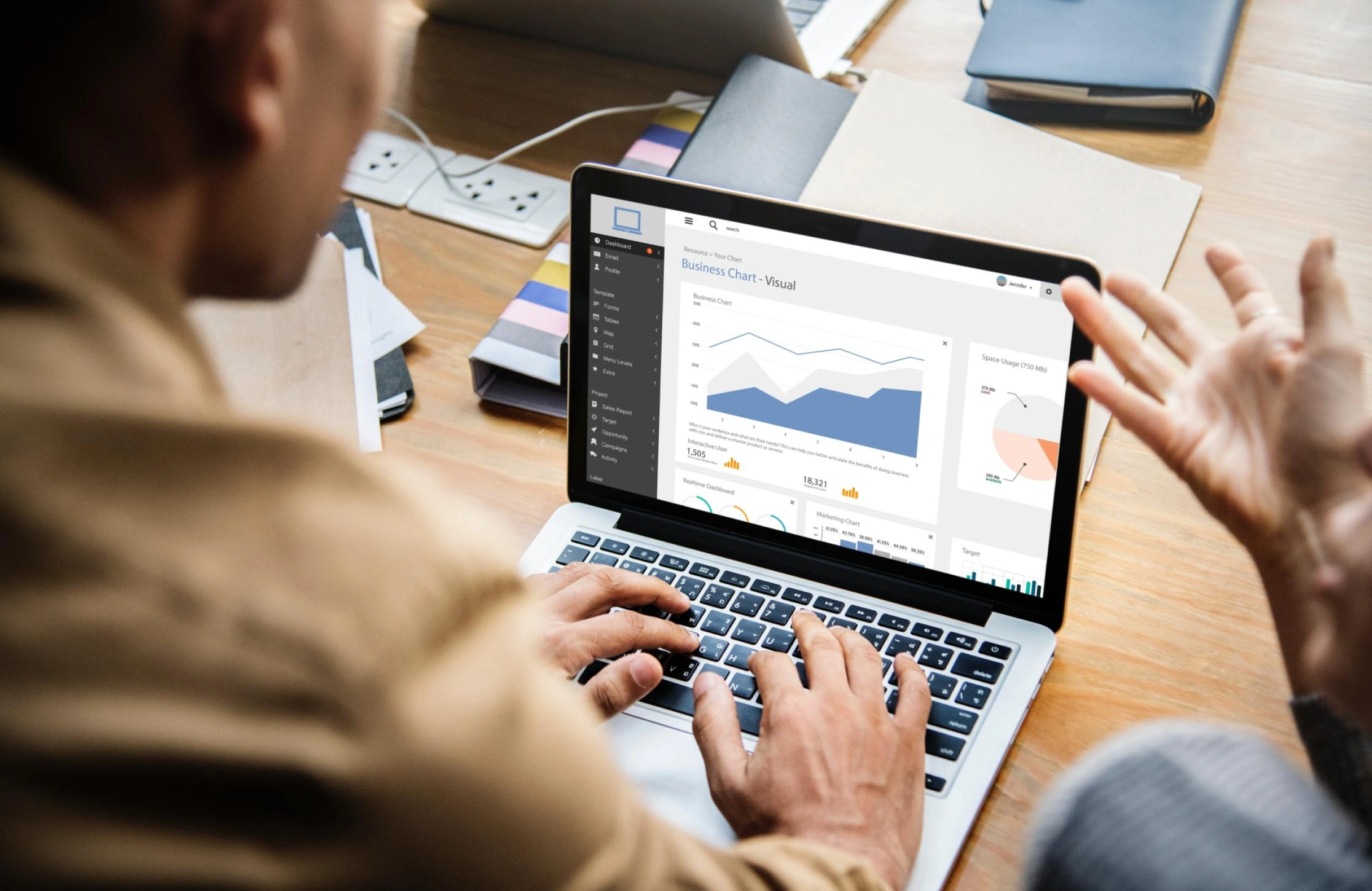How Is Big Data Collected?


Big data is hailed as the global game-changer in all business industries. It provides businesses with quantifiable information on almost everything that people like to do over the internet. Big data is the term that goes beyond web tracking and cookies.
The increasing popularity of big data lies in the fact that it gives businesses intriguing and often surprising insights into users’ lives.
Well in this article, we will uncover and discuss some unusual and creative ways companies use to collect big data.
So how do companies do that?
There are many small and mid-size businesses that face huge challenges in terms of analyzing or collecting data. It’s like being in a boat but without a paddle. They can see being left out and left behind the popular Fortune 500s, despite having a lot bigger IT budget than the whole revenue-stream in the last decade.

For any new startup or under-developed business, leveraging big data is never easy. It doesn’t get better unless you use unusual and user-friendly ways to collect this information. You can find numerous examples where businesses launch different collection and analysis tools using a SaaS platform but even after this, they are in need of high-quality data to reach data-driven decisions.
Big Data is not a buzzword or even a passing fad. In fact, it is a fundamental, majorly ‘table stakes’ ability for organizations in all sectors. Thus any business that is not investing in its company’s ability to accumulate and harness this data in different ways is more likely to fall behind the competition, even without knowing it.
Renowned organizations, collecting big data, use this information to gauge customer preferences and to improve their products and services. Companies are getting different types of insights from the big data collection.
The type of insights, a business gets from big data include:
- 52% product development and improvement;
- 49% customer preferences;
- 43% business process improvement.
Unusual Ways to Collect Big Data
The ways that were used to manage big data are not in line with the needs of the time. Today, businesses are using different unusual methods. Let’s take a look at some of the most common yet unusual ways companies design to collect critical information about the users.
Loyalty Programs/Cards
Loyalty programs or cards carry great benefits for companies. The program focuses on rewarding repeat clients and incentivizes extra shopping. This means, that every time you use credit cards, or loyalty cards, your purchase data is not only being tracked but also stored. Typically, it does make sense for retailers to know which products/services are being sold to which group of customers but this insight is also used by them to create a detailed customer profile.

This profile is then further sold to different businesses and advertisers. Before any company gets a 360 view of its clients, they make the most of mass marketing techniques to offer rewards and general discounts to the loyal programs’ participants. This way companies get wider access to know every buyer’s purchasing preferences and behaviors.
Moreover, companies are now leveraging geolocation data to offer personalized rewards and offer them on the basis of customer location. Some retailers have developed mobile apps that immediately send a push notification to the individual, using geolocation data, as soon as they enter a retail location.
Companies are using this wealth of insight to drive their marketing strategy while providing data for informed merchandising as well as inventory management decisions. To take this rewarding concept further, there are some organizations that create 3rd party loyalty programs to aggregate all the customer data from various retailers while creating a more central repository of this collected customer data.
This 3rd party loyalty card provider then offers each of these retailers with a lot richer customer insights then they could’ve obtained by running their separate and independent loyalty programs.
Gameplay
For the gaming industry, there are many experienced companies that need potential tools to access and use them to reach their full potential. Thus, they have turned to big data collection and analysis. This means that even online gamers are now not exempt from the collection of big data.
The constant and strong web connection of different devices enables game developers to easily access a huge amount of data quite instantaneously, regardless if the game is a single-player. Each time a player faces difficulty on some particular level, he/she tempt to make an in-app purchase, delete or re-install the game, give up within a few minutes or play for a long time, all of this information is tracked as well as stored.

It is not wrong to say that gaming and big data go hand in hand. In fact, gaming has now become one of the important contributors to big data. To give you a clear idea, here are some of the astonishing statistics:
“2 billion + gamers are equal to 50 Tb of data/day whereas, social games equal 150 GB of data/day. Also, in a particular month, EA often hosts around 2.5 billion game sessions which represent around 50 billion gameplay minutes!”
As we know game occurs in a more virtual world, each aspect of it can easily be measured. For instance, in the case of a modern battle scenario, you may set the physics of every single practice of that scene. And on the basis of these valuable measurements, one can easily improve the physics and make it look more realistic.
Even from a revenue perspective, this virtual world plays present many new money-making opportunities. In certain games, players are continuously engaged with your game and you get tremendous opportunity to sell different things while also allowing others to sell items in this engaging virtual platform.
Satellite Imagery
Almost 250 miles above our heads and planets, plenty of low-cost small satellites are offering us a lot better understanding of the actual human economy. In other words, another interesting source of big data collection by companies is something visible from the sky. With the advent of the latest technology like Google Maps and Google Earth, this satellite data is publicly available now. This means that savvy analytics experts can develop surprisingly a lot more complete picture of some particular areas.
Also, they can easily begin to recognize and understand the kinds of people who actually work or even live in such locations. Today, inexpensive orbiting satellites have become a lot more ubiquitous and in coming future, these satellites will also be able to scan the entire globe for around 50 to 70 times per day. There will be some limited capabilities: indeed, these satellites offer great value in terms of getting a valuable insight into the current economic information.
Companies like Planet Labs, Spaceknow, and BalckSky Global are increasingly using such images and combining them with their big data technologies to provide a more macroscopic view of the prevailing human economy. This is undoubtedly one of the unusual ways of collecting big data that can significantly change the society and how we accumulate data with regards to economic activities around the globe.
Email Inbox
Do you think your email inbox is private and inaccessible? Well, think again! Companies are using modern email services as depositories of the huge amount of user data. From the email marketers’ point of view, data is indeed mission-critical. They are always on the quest to collect a valuable and right set of data so that they can send a much better, real-time and targeted email to the subscribers while offering them a valuable inbox experience.
Having said this, we don’t mean that every company is using this means of data collection: it is the case of some of the most renowned and well-recognized email providers like Yahoo and Google. In fact, both of these companies are using algorithms to fully scan your email content for particular keywords aiming to offer to advertise fully targeted toward user interests.

For instance, you may start getting links for some hotel reservation just after receiving an email about an upcoming trip.
No doubt, email marketing has now become a lot more personalized as well as relevant! As per Aberdeen, personalized emails along with right sets of data can help to improve the CTR (click-through rate) by almost 14%.
As per the study of McKinsey & Company, more than 200 engagements over the period of five years shows that companies that always put data at the core of overall sale decisions and email marketing, increase their marketing ROI by almost 20%.
Social Media Activity
Since almost every part of our global population is making use of different social media platforms, in their daily routine, these platforms are now being analyzed in different disciplines. The process of big data analytics on social media platforms involves four major steps, data discovery, collection, its preparation and finally analysis.
Social networks are one of the biggest sources of collecting consumer ‘big data’. Just to give you an idea, an average user of these platforms easily spends around 2 – 3 hours daily, with their activities online showing a lot about them. All of these websites are a large provider of big data. It is common for users to willingly reveal their information about personal lives to these services.
However, this data analytics may also be utilized to document the features, users agreeably disable the posts or activities they do and how many times they log into the website throughout the day. All of this critical and personal information is then used to create a complete and thorough user profile with regards to their habits, detailing all the information that is relevant and important to them.
For instance, Facebook collects around 63 distinctive pieces of data for API. This figure is a lot more than any other network. Considering the amount of data shared on Facebook, it can offer a window into what users actually care about.
How companies use Big Data
Big Data and the Business Landscape
Big data is strongly impacting each business regardless of whether it is a one-person business or Fortune 500 enterprise. The collection, analytics, and interpretation of data have become readily accessible and this will create an impact on all businesses, in various significant ways, without the consideration of the field you operate in or the business size.

Big data is allowing businesses to collect accurate and more marketing data about users, providing them a better idea of their preferences and likes, why they like to use and which channels are typically used to make purchases.
No doubt, this sounds a bit scary to us, but on the other hand, companies are also working to create, implement and maintain privacy policies along with security/system required to protect the data.
In general, big data is primarily being collected to optimize customer experience. But this data can also be used to monitor the environmental conditions of the employee during work. For instance, cameras, barometers, sensors, and microphones are now being used to identify the outside of normal working conditions.
In the near future, data may also be used for the detection of locations and even body movements and postures of users to sense a fall, track their location or make estimations of the physical load on their bodies.
Nonetheless, big data has allowed companies to package users’ lives into large data sets. Big data has remarkably opened up a whole new world of opportunities and possibilities while improving how we do business both inside and outside. Yet, a collection of big data is one thing and its use to learn about customers’ tendencies is another. The actionable insights you generate from your data will only be as good as the collection methods you have used for gathering that data in the first place.
TOP DATA AND ANALYTICS TRENDS 2020
Build your ideal
software today

